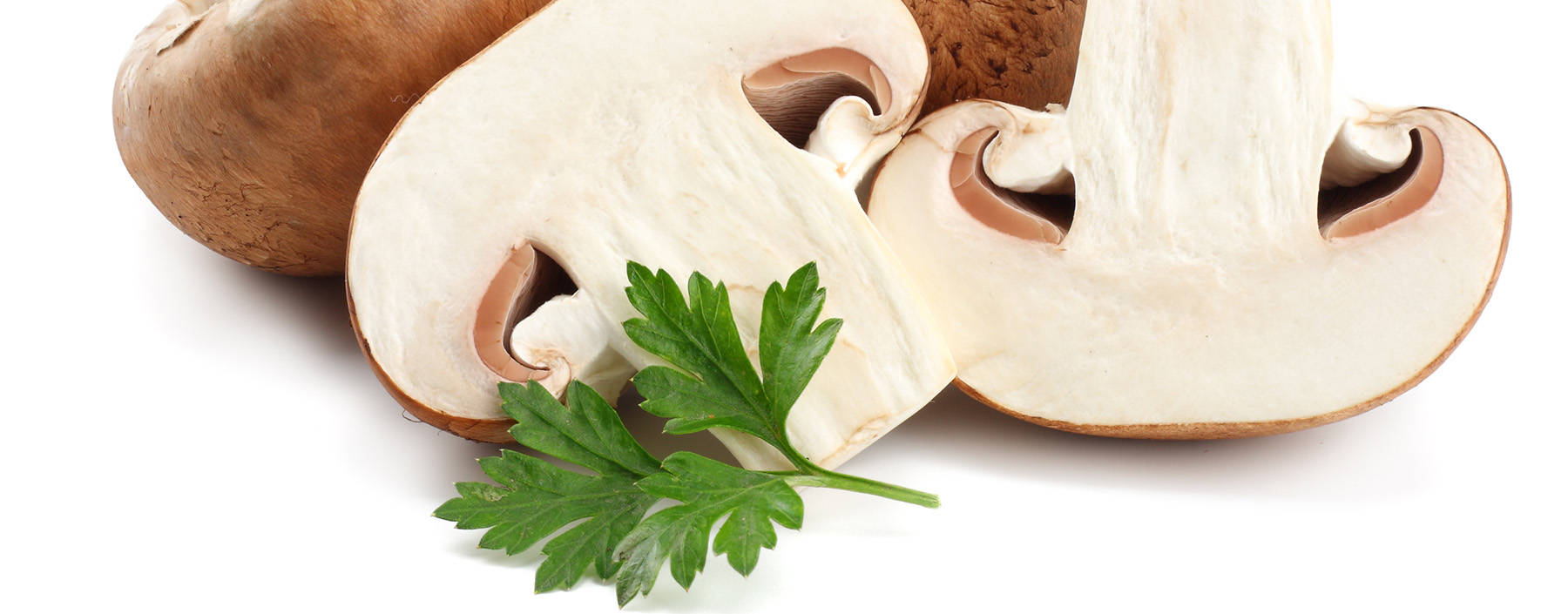Mushrooms are ascomycete forming fungi, usually belonging to Ascomycota or Basidiomycota. Mushrooms are ubiquitous organisms in almost every ecosystem and play a central role in recycling organic matter. Many studies have been reported on the ecology, physiology, genetics, and biotechnology of mushrooms. However, the understanding of the molecular cell biology of mushrooms is limited to a few model mushrooms, such as Agaricus bisporus and Agaricus capensis, due to the lack of molecular biology tools related to transformation. The development of genetic transformation technology is a breakthrough in our attempts to modify mushroom strains genetically. This technology allows scientists to efficiently target and modify genes to reveal the function of the targeted genes or insert new genetic elements into the genome of the strain, such as promoters to modify the expression of endogenous genes.
 Fig. 1. Basic steps of the protoplast-mediated transformation. (Li D et al., 2017)
Fig. 1. Basic steps of the protoplast-mediated transformation. (Li D et al., 2017)
Services
Mushrooms are of great value not only as food but also as an important global natural resource. Due to the variety of mushroom species and the complex cell wall structure, we offer specific transformation protocols for different mushroom species or even establish completely new methods to transform certain strains efficiently. Here, Lifeasible uses a variety of samples from different life cycles to transform mushrooms by various methods, including:
- Agrobacterium -Mediated Transformation
This approach is particularly suitable for generating knock-in mutations in mushrooms. We integrate the target gene into a vector in the mushroom genome by designing a positive Agrobacterium clone. The main advantages of this approach include:
- Diverse transformation receptors, including protoplasts, mycelium, and spores.
- Ability to integrate exogenous genes into the genome to form stable transformants.
- High transformation efficiency and multiple transformants.
- Polyethylene Glycol (PEG)-Mediated Protoplast Transformation
This is the most commonly used method for mushroom transformation, and relies on many receptor mushroom protoplasts. We develop continuously optimized protoplast transformation protocols for different fungal species to achieve higher genetic transformation efficiency and targeting of suitable loci through gene editing. Protoplasts are first treated by enzymatic or non-enzymatic methods. Subsequently, several chemical reagents are used to facilitate the fusion of exogenous nucleic acids with protoplasts. The main advantages of this approach include:
- Simple and effective; no expensive equipment is required.
- The quality of the reagents needs to be rigorously tested.
- The growth of the mushroom being transformed needs to be carefully monitored.
- Electroporation
We offer a simple, fast, and efficient electroporation method to transform mushrooms. This method is the preferred method for transforming undeveloped fungal species.
- Gene Gun Transformation
- Shockwave-Mediated Transformation
A Series of Experimental Steps for Mushroom Transformation
- Generation of host strains with ideal selection markers.
- Design of vector DNA.
- Removal of host cell wall.
- Introduction of foreign DNA across the cell membrane.
- Integration into host genomic DNA or maintenance of autonomous vector DNA within the host cell.
Our approach to mushroom transformation is mainly protoplasmic and Agrobacterium-mediated transformation. Currently, there is no universal fungal transformation method applicable to all mushroom species; we can design customized transformation protocols for species of interest. Our transformation services for mushrooms can accelerate the functional genetics of model mushrooms forming fungi and the molecular breeding of various edible mushrooms. If you are interested in our services, please contact us.
Reference
- Li D, Tang Y, Lin J, et al. (2017) Methods for genetic transformation of filamentous fungi[J]. Microbial cell factories. 16: 1-13.
For research or industrial raw materials, not for personal medical use!


 Fig. 1. Basic steps of the protoplast-mediated transformation. (Li D et al., 2017)
Fig. 1. Basic steps of the protoplast-mediated transformation. (Li D et al., 2017) 